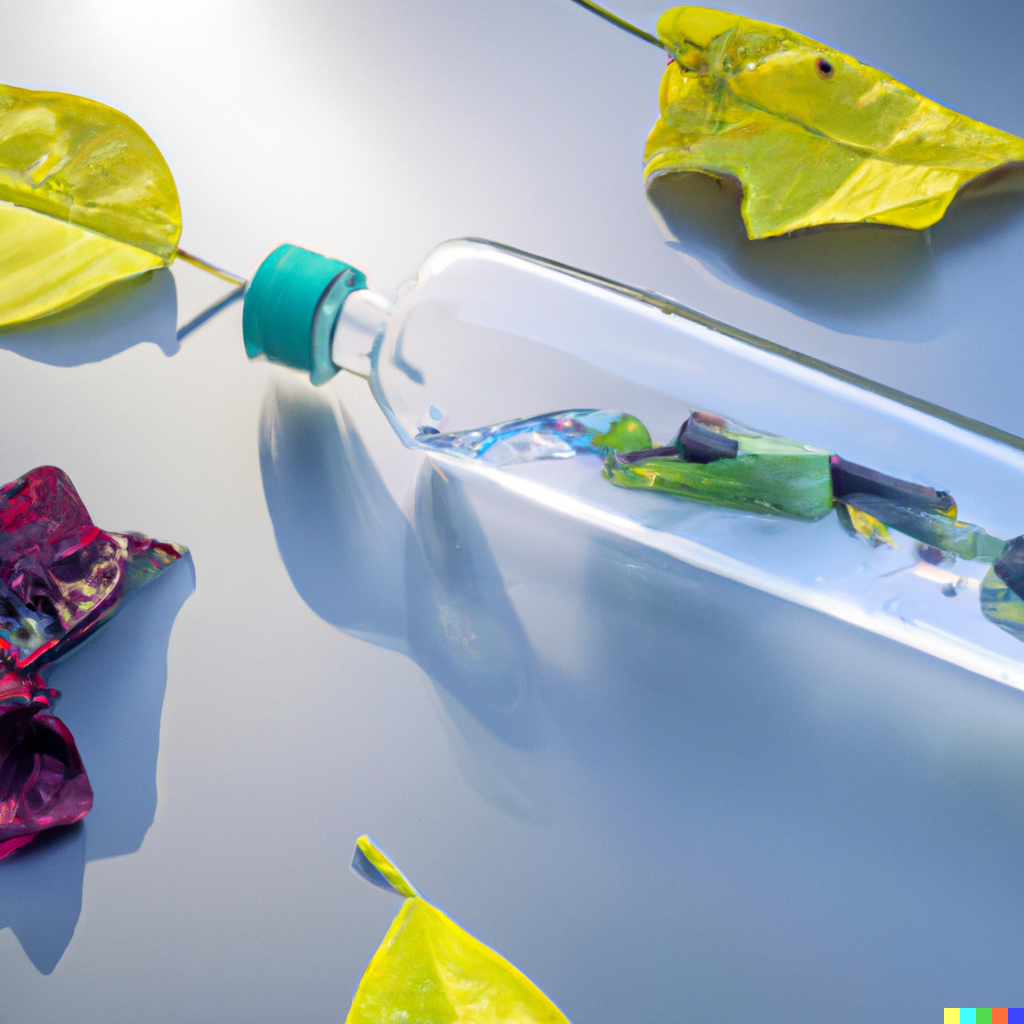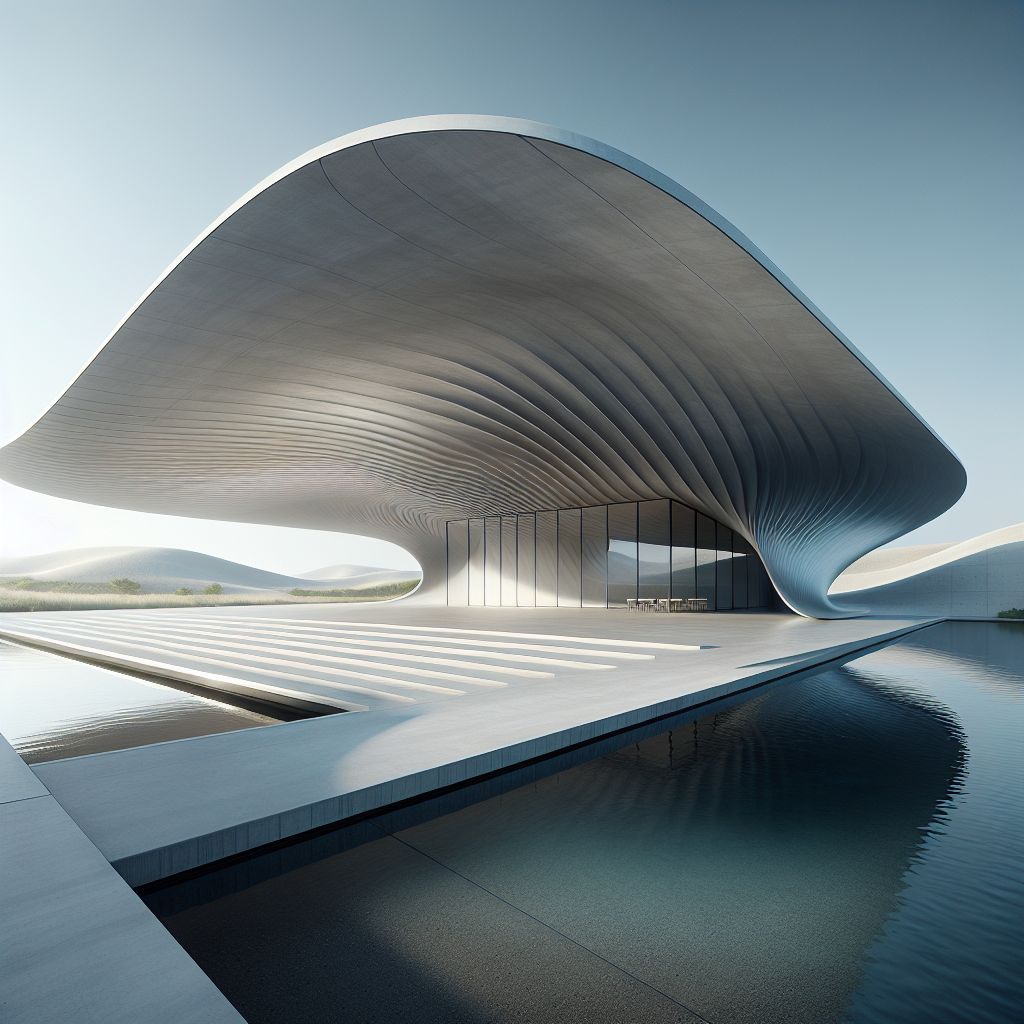Sculpting Tomorrow’s Landscape: Biodegradable Materials Revolutionizing Product Design in a Post-Plastic Era

The Challenge of Transcending Plastic: A Shift Towards Biodegradables
In the vanguard of 21st-century design, architects and designers are not just builders of structures, but visionaries and eco-warriors. Pioneers of change who shape our world, they’re employing a daringly innovative palette of materials. Driven by the environmental urgency of the Anthropocene, they’ve begun the conscientious shift towards biodegradable materials, jettisoning the old guard of plastic that defined the last century.
The inherent challenge? Transcending the physical limits of these materials, with aesthetics and functionality as guiding principles, while championing sustainability. To meet this head-on, the design world is immersing itself in a universe of materials sourced from nature, engineered to decompose gracefully, leaving negligible traces behind.
Navigating the Transition: From Plastics to Biodegradables
Let’s navigate this transformative journey from the ubiquitous reign of plastics to the dawn of a post-plastic era, where biodegradables reign supreme.
The story of our excessive dependence on plastics is a tale as old as time. Introduced as a miracle of modern science, plastic initially promised liberation from the finite constraints of nature. Over the years, we’ve molded it into everything from bottles to bridges, championing its versatility and durability. The catch? Its stubborn refusal to return to the earth from whence it came. This resilience has rendered plastic an environmental villain, prompting the search for sustainable alternatives.
Enter biodegradable materials. They promise a radical departure from the environmentally harmful legacy of plastics. From packaging and fashion to architecture and furniture, these innovative materials offer sustainable solutions without sacrificing design quality. Examples abound: Mycelium, the network of fibers constituting the vegetative part of a fungus, is being molded into packaging and furniture. Algae-based polymers are replacing traditional plastics in a variety of applications. Seaweed is transformed into a biodegradable and edible alternative to plastic packaging, while bamboo’s rapid growth and tensile strength make it a favored substitute for building materials.
The Circular Design Paradigm: Redefining Product Lifecycles
This eco-renaissance is guided by principles of circular design. In this model, the end of a product’s life is merely the start of its next phase, as materials are engineered to biodegrade and nourish the soil. Designs are created with consideration for their full lifecycle – a far cry from the disposable culture of the plastic era.
Aiding this transition is technology. Digital fabrication tools and 3D printers have empowered designers to work with these novel materials, engineering structures previously deemed unattainable. Through computational design, architects can simulate the behavior of biodegradable materials, minimizing waste in the production process.
Remarkably, this seismic shift towards biodegradables hasn’t compromised aesthetics. The organic textures and forms of these materials infuse designs with a sense of warmth, reconnecting us to nature in a way plastic never could. The distinctive look and feel of these materials have sparked a trend in design, embracing imperfection and tactility.
The Road Ahead: Challenges and Promising Horizons
So, are biodegradable materials the panacea to our environmental woes? As promising as these materials are, a few roadblocks persist. First, the mass production of these materials presents challenges due to limited availability and potentially high costs. Additionally, these materials may lack the mechanical strength and durability of plastics. Lastly, we still need to ensure proper disposal conditions to allow for effective decomposition.
Despite these challenges, the design world is poised to ride the wave of this green revolution. The road towards a post-plastic world may be arduous, but as architects and designers, we wield the power to create sustainable futures through our design choices. As we continue to innovate, biodegradable materials could well hold the key to a world beyond plastics.




